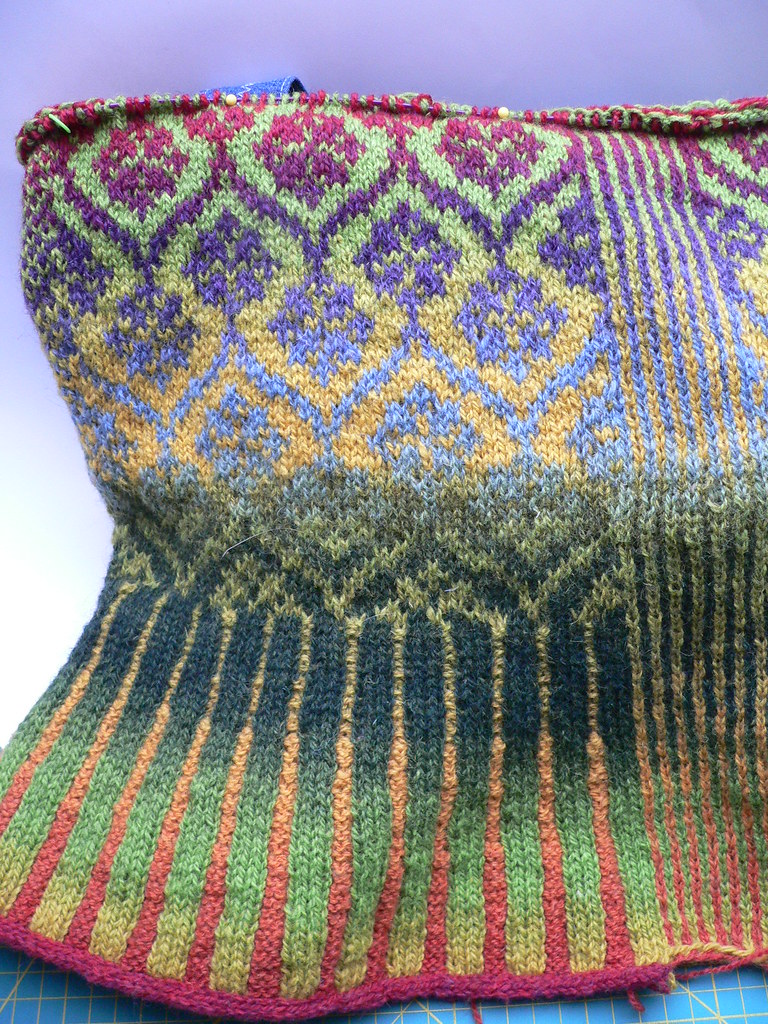Although few would guess it, I am in fact a very methodical writer. I always start with an outline, whether it’s a short one that I can hold in my head or a longer one that I have to write out. Over my years as a lawyer, I’ve written thousands of outlines as a predicate to legal briefs and memos. On occasion, I’ll discover that an argument I set up in outline form doesn’t work in prose, but I can usually make it right just by reorganizing my ideas to improve the flow.
Writing a novel is proving to be very different. I came up with a story based upon my family’s experiences in Europe over the course of the latter part of the 19th century and the first two-thirds of the 20th century — and I put it in outline form. I then built up details about each character and put that information into the outline. Lastly, I did the historical research and into the outline went the history too.
Once I was done with all this outlining, which took more time than I care to remember, I assumed that I would follow my usual pattern for legal briefs when I have a comprehensive outline: I work my way down the outline turning it from a sort of free-form verse into narrative prose. It’s an efficient process, that takes much less time than the outlining itself.
Except that’s not what has been happening with my novel. The problem is my characters. As I write them, they take on a life of their own and refuse to conform to my narrative will. I put them in a scene and tell them to do “X,” but they absolutely refuse. Instead, they insist on doing “Y” or, much to my dismay, even “Z.” Their stubborn intransigence has reduced my outline to a meaningless laundry list of abandoned ideas.
If you’d like a visual representation of my problem with characters who refuse to follow orders, I suggest watching an Out of the Inkwell cartoon from the 1920s:
It’s bad enough that my characters refuse to conform to my imaginings. What’s worse is that their re-creating themselves, often in ways surprisingly better than I imagined, creates a ridiculous amount of work for me. In this, I liken them to knitting errors.
For those unfamiliar with knitting, it consists of mastering two stitches — knit and purl — which can then be configured in endless variations. The important thing, no matter the configurations, is to stick with you pattern. Here’s an example of a cable pattern chart and the final knit version, which are corollaries to my perfectly imagined world of outline and prose narrative:

In knitting, as in writing, things sometimes go awry. Few of us, faced with a pattern that’s deviated from the chart have Grace Coolidge’s courage. Legend has it that someone was visiting with Calvin Coolidge’s wife when the latter discovered a mistake in her knitting. The sympathetic visitor said, “Oh, you poor dear. Now you’ll have to tear out all those rows.” “Not at all,” answered Grace. “I just see it as a new pattern and continue from there” (or words to that effect).
Most of us are like Grace’s visitor — we tear it out, sometimes called ribbiting, because you “rib it” (and yes, even knitters have bad puns). An alternative, if only a few stitches or rows are involved, is to unknit; that is, you literally do the mirror image of each stitch, uncreating as you once created. This is called “tinking,” which is, of course, “knit” spelled backwards with an added -ing suffix.
My recalcitrant characters are introducing me to the novelist’s equivalent of ribbiting or tinking. When my characters take on their own lives, I find myself going back chapter after chapter, rewriting those characters. Worse, because their stubborn insistence on unique personality traits inevitably conflicts with my other, more mannerly, docile characters, I end up having to re-write those characters too.
In knitting terms, I meant to knit this:

But I find myself knitting this, instead:

(Photo by Christiane Struck; Creative Commons, some rights reserved.)
Obviously, it’s frustrating and time-consuming, but I have to admit that, just as my intended pattern was somewhat drab and repetitious, I find myself looking at something much more interesting and beautiful (and the above photo is a stunning example of Fair Isle knitting).
Nobody said writing a novel would be easy, but I never thought I’d find myself in a battle of wills between the creative side of my brain and the orderly one. I just hope the novel turns out as well as the knitting usually does.


Comments
Characters do say the darndest things, which is a sure sign that your on the writer’s path. The comparison to knitting is wonderful, much better than a writer friend of mine who compares writing a novel to digging a ditch.